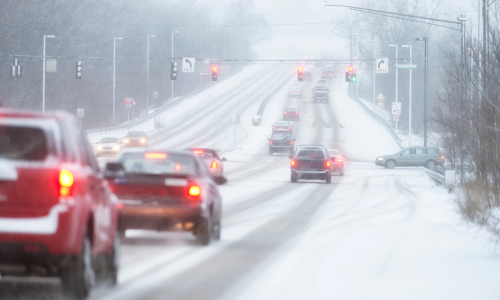
HAIL
HAIL Hailstorms, a severe thunderstorm phenomenon, occur when ice crystals form and accumulate in low-pressure fronts, eventually falling as ice masses larger than 0.75 inches. The size of hailstones depends on storm severity and updraft strength, which is influenced by surface heating. From 2018 to 2020, Texas had the most hail loss claims in the […]










